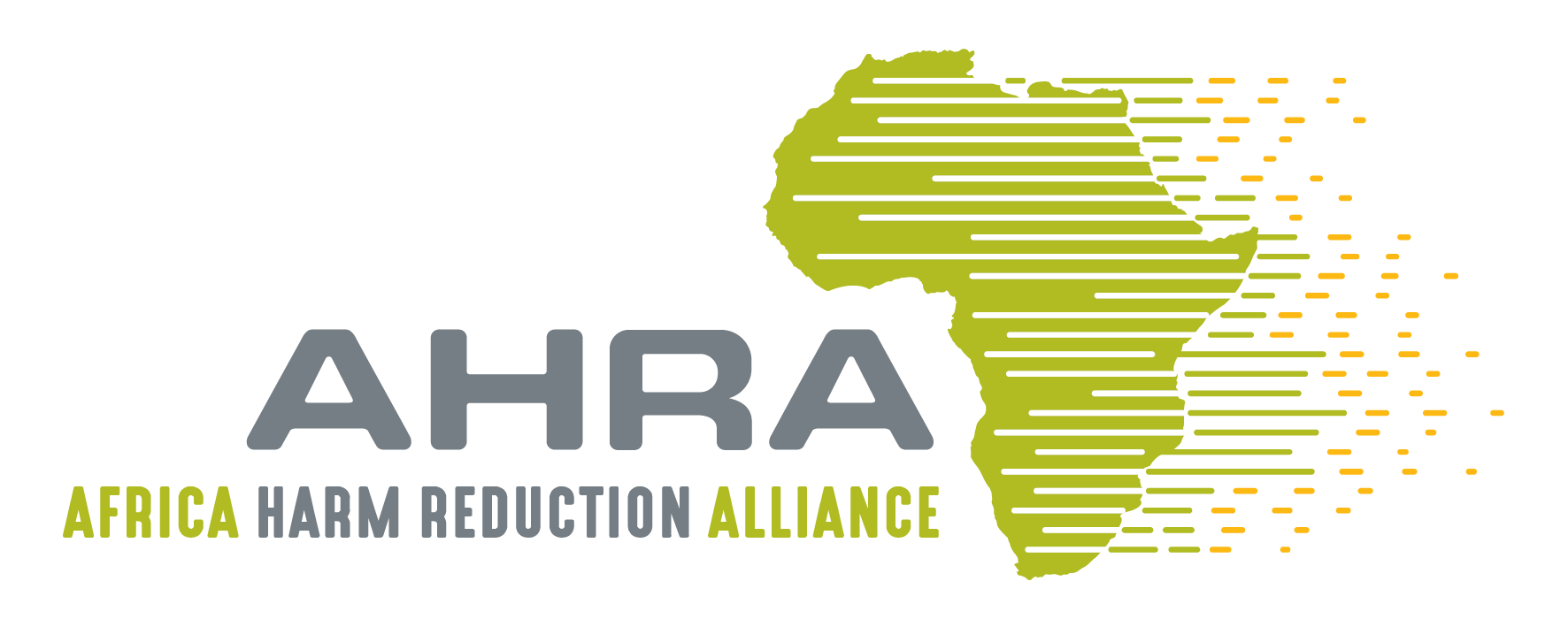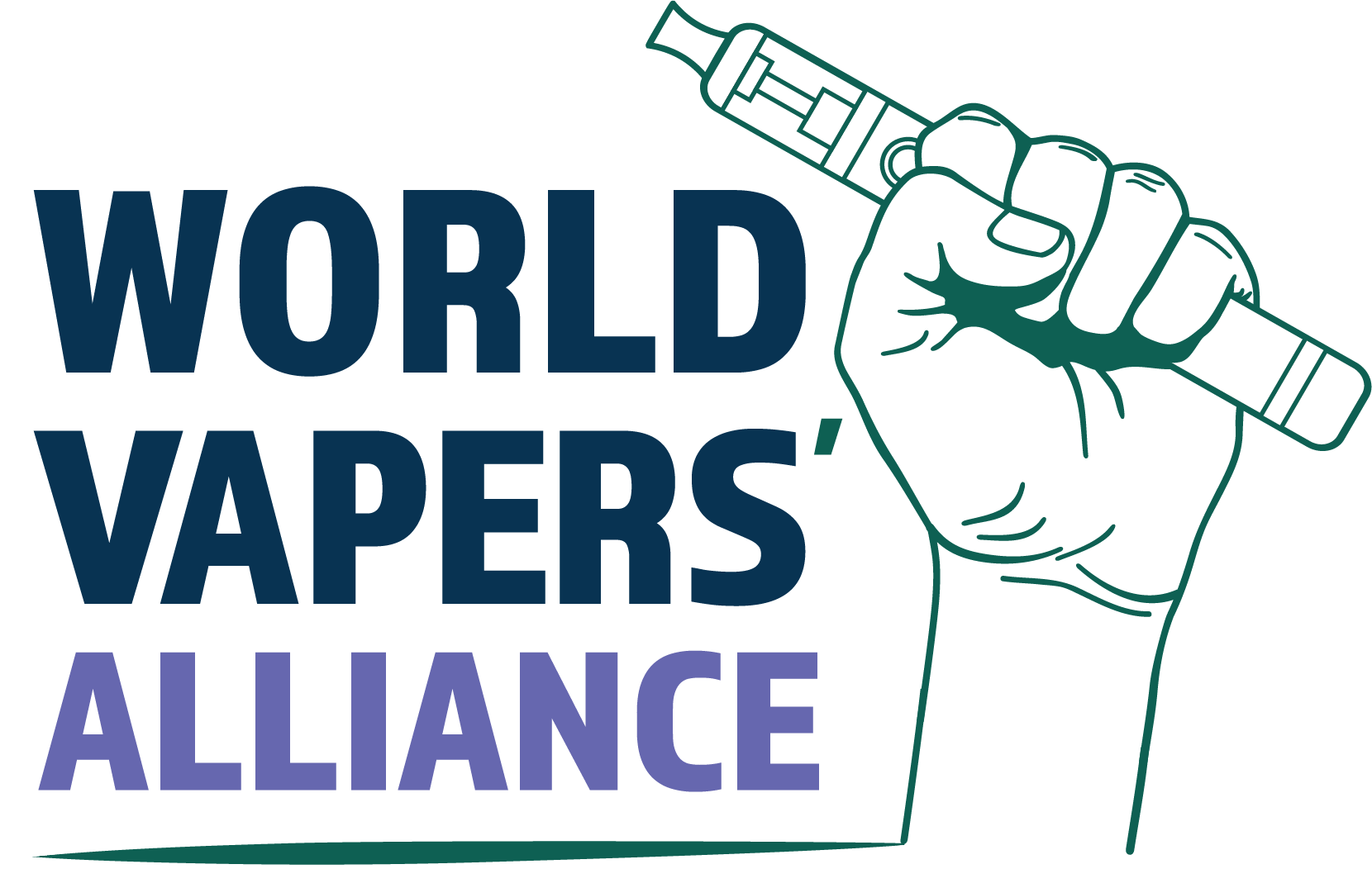TOBACCO HARM REDUCTION – THE RIGHT POLICY APPROACH FOR AFRICA?
Policy makers in Africa find themselves confronted by a phenomenon of rising cigarette smoking rates. Despite some effort by African governments in achieving some of the Sustainable Development Goals, reducing tobacco smoking has proved the hardest to deliver. Although the prevalence rate of cigarette smoking in Africa today is only 14%; low, compared to North America (23%) and the Eastern Mediterranean (31%), its growth is the highest on the planet!
Cigarette consumption in Africa increased by 52% between 1980 and 2016, or by 164 billion cigarettes to 250 billion cigarettes. Today, Africa is home to some highest ranked smoker countries on the planet, with Tunisia estimated at about 1,628 cigarettes per adult per year, or about 4.4 per day for each and every person over 18 years old. Egypt and Libya follow in second and third place respectively. According to a Lancet survey , Mozambique has seen a 220% growth in cigarette consumption over the last 16 years. Lesotho has also seen a significant spike in tobacco smoking from 15% of its population in 2004 to 54% in 2015.
Significant disparities in health outcomes around the world are driven by unequal access to essential health products. Smoking rates have declined to historically low levels in high-income countries, which may be attributed to favorable regulation when it comes to safer nicotine alternatives. Since this cigarette consumption rate has been on the decline in high income countries, it would seem logical to consider what has caused that decline. Studies have found that in most high income countries the main drivers of reduced cigarette smoking rates have been the availability of cessation assistance for those who wish to quit smoking. The demand for conventional cigarettes has fallen as a result of smokers switching to less harmful nicotine products, such as snus, nicotine pouches, heating products and electronic cigarettes.
To promote the health of today’s population, policies should protect young people without diminishing the ability of safer nicotine alternatives to help adult smokers transition away from more harmful combustible cigarettes or to serve as a cessation aid for people attempting to quit cigarette smoking. Tobacco Harm reduction approaches recognize that reduction in risky behavior is one possible means to address public health goals. They take a pragmatic approach to the consequences of risk behaviors – focusing on short-term attainable goals rather than long-term ideals—and provide options beyond abstinence to decrease harm relative to the riskier behavior.
Most African countries have ratified the Framework Convention on Tobacco Control (FCTC), an evidence-based treaty that reaffirms the right of all people to the highest standard of health. While there has been some success in its execution, this international legislation focuses primarily on non-health related approaches to tobacco control — including price and tax measures to reduce demand, strategies to reduce smuggling, indoor air laws, and limits on tobacco advertising — but fails to directly address smoking cessation and harm reduction strategies. In Africa, tobacco use is still within the “moral debate”. This makes the promotion of the needs of people who smoke on the continent an uphill task. Some sections of society believe that people who smoke are morally weak or deserve to be punished. This is why the purported “war on cigarette smoking” is considered acceptable and easily implemented in many parts of Africa. Leading tobacco policy experts acknowledge that successful harm reduction depends on smoker acceptance of alternative products. In 2007, the UK Royal College of Physicians stated that: “The alternative sources of nicotine need to be acceptable to smokers as substitutes for cigarettes…” Stakeholders, including public health organizations, healthcare professionals and regulators in Africa should recognize that new policies are required to complement prevention and cessation strategies.
Far from being a marginal, cigarette smoking is becoming a fact of life for many African communities, and there is an urgent need for discussing what is to be done about it. African tobacco use experts in their policy deliberations have to make careful assessments of (i) the history and context of tobacco control legislation, (ii) cultures of nicotine consumption, and (iii) capacity and consequences. All these questions have to be asked against the backdrop of another discussion – what is the overarching objective of policy.
When it comes to setting policies, governments should, so far as possible, act impartially and seek to avoid being unduly influenced by any group. This cuts to the heart of “good governance.” Achieving this ideal is another matter. The challenge is to achieve adequate participation, transparency, equity, and so on, while ensuring that particular groups that might benefit or be harmed by a particular policy are not able to push an agenda that is antithetical to the broader interests of society
The potential for tobacco harm reduction safer nicotine products to reduce the burden of smoking-related disease is very large, and these products could be among the most significant health innovations of the 21st century, perhaps saving hundreds of thousands of lives in Africa. It is imperative for countries in Africa to rapidly adopt a systematic public health approach for large, high volume and low threshold tobacco harm reduction programs to mitigate the growing deaths from cigarette smoking within the continent. Policy makers may not be aware that tobacco harm reduction has great benefits, both economically and for health; this lack of information, in turn, hinders a reduction in smoking prevalence in the region.




